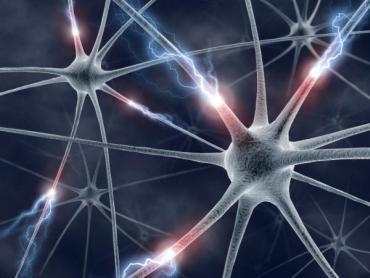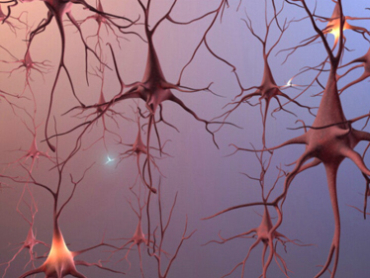 | « Back to article | Print this article |
Computers to help understand neurons
This may help neuroscientists understand one of the deepest mysteries of our brain - how neuronal networks communicate and work together.
Shein has applied advanced mathematical and engineering techniques to connect neurons with electronics and understand how neuronal networks communicate.
Click NEXT to read more...
Computers to help understand neurons
There are relatively simple neural 'firing' patterns that can be measured with sensory organs, but researchers know little about deep thought processes.
Could the brain's electrical signals reveal the basis of thought itself?
"When we look at the neuronal networks operating in the ears or eyes, we have some idea about the coding schemes they utilise," says Shein.
Click NEXT to read more...
Computers to help understand neurons
A researcher can apply a stimulus such as a bright light and monitor responses in the eye's neurons.
But for more complex processes, like 'thinking' or operating different sensory inputs and outputs together, "we are basically looking into a black box," he says. Investigating the activity of single neurons is not enough to understand how a network functions.
With nanotechnological systems and tools, researchers can now explore the activity patterns of many neurons simultaneously.



